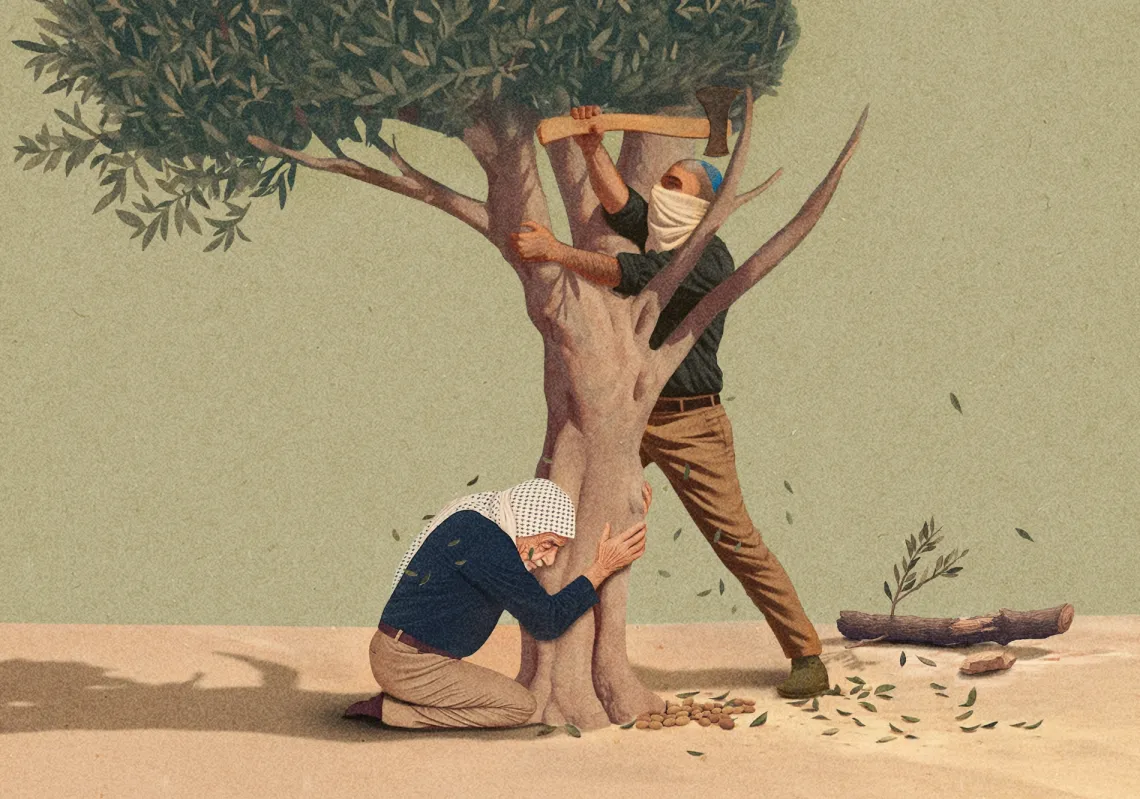On time and on budget, despite delays caused by the pandemic, the restoration of Notre Dame de Paris, France’s most famous Gothic cathedral, is nearing completion.
The external scaffolding will be gone by the summer so that visitors to the Paris Olympic Games from 26 July till 11 August will gaze upon the same familiar silhouette, and the internal refurbishment will be ready for Sunday Mass at the official reopening on 8 December.
When French President Emmanuel Macron first stood beside the smouldering ruin in April 2019 and vowed to the French nation on live TV ‘We will rebuild it within five years, all of us together’, it had seemed like mission impossible.
How on earth have the French managed this remarkable achievement? The answer can be summed up in three words - leadership, money and workforce. The leadership has been inspiring, and even though the French general originally appointed to be in overall charge was tragically killed in a hiking accident last year, a replacement, also with a Ministry of Defence background, was quickly found.

So much money has flooded in through public donations that there will even be plenty left over for future maintenance. And finally, strenuous efforts have been made to recruit engineers, architects and craftsmen at the top of their game.
Top people work faster, and this is nothing new. In Sicily when the Normans captured the Arab capital of Palermo for themselves and ordered Palermo cathedral be built on the site of the former mosque, it was completed within one year, for the same reasons.
The Normans had the money, knew the size and dimensions of what they wanted to build, and employed top-quality Arab master masons, engineers and carpenters whose skills had been honed to perfection and passed down through many generations.
When construction work first began on Notre Dame de Paris nearly a thousand years ago, it would have been the same. Rich with booty brought back from the Crusades and taxes from newly conquered lands in Andalusia, the Norman knights and their bishops would have assembled the best craftsmen money could buy, and as a result, the cathedral was built very fast by the standards of the day.













